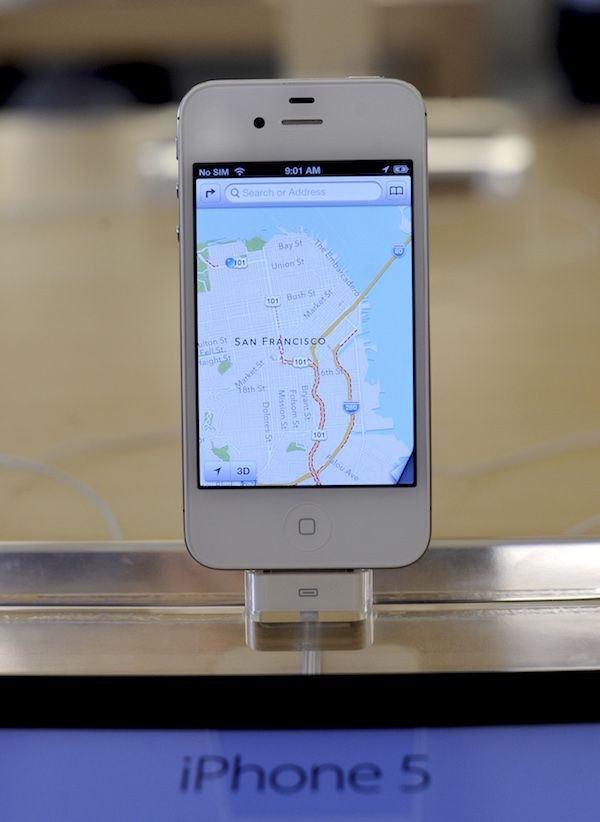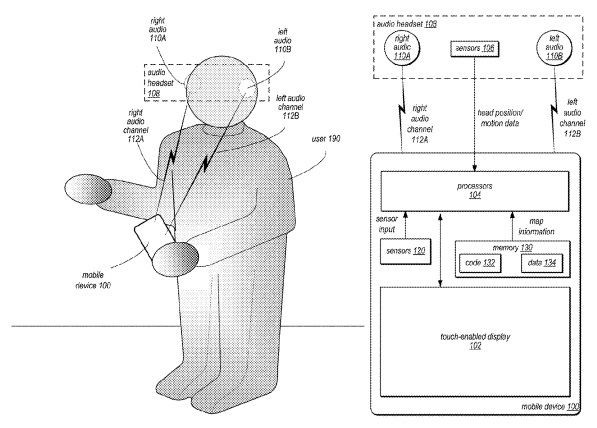'Apple Glass' Could Utilize Audio Cues For Advanced Augmented Reality Experience

KEY POINTS
- Navigational apps provide users with helpful instructions on how to get to their target destination
- These instructions normally come via visual or vocal cues
- Apple is proposing a new and safer way to provide navigational cues to consumers
Apple's future augmented reality head-mounted display, the so-called “Apple Glass,” could feature a safer and less intrusive way of providing users with the navigational and directional instructions they need on the road.
Apple provides iPhone, iPad and CarPlay users with navigational instructions to reach their destinations. To do this, devices and systems make use of visual cues and vocal instructions such as “turn left” or “turn right.”
The company, however, noted that while these vocal instructions might be helpful, they can also be intrusive and could interrupt what the user is doing at the time. A new patent application describes what the tech giant plans to do about this issue.
According to a patent application titled “Spatial Audio Navigation,” future Apple devices will be able to provide users with non-invasive navigational cues using sound passed through a binaural audio system such as wired or wireless earbuds (EarPods or AirPods) and other like devices.
The technology will also be used for future augmented reality devices, such as the Apple Glass, for a great user experience.
The patent inventors noted that this technology will differ from currently used systems because it will not use vocal instructions such as those mentioned above. Instead, the new navigational system will use the music or whatever sound the user is listening to in order to provide directional cues.
The system will adjust the sound so that users will hear it playing from the side where they should be turning or going toward. For example, if the user needs to turn left, the audio will be played from the left side.

The system will also take into account the user's current location and target destination and adjust the audio accordingly. For example, if the user needs to turn left at a street 200 meters away, the system will adjust the volume so that the sound will become louder as the user approaches it.
In addition to not being invasive, the patent inventors believe that the new system will be safer as there is a “different psychology” at play when sound cues are used instead of vocal directions. Vocal cues tell users what to do, whereas sound cues merely guide users where to go, giving them the freedom to follow at their convenience.
© Copyright IBTimes 2025. All rights reserved.



















